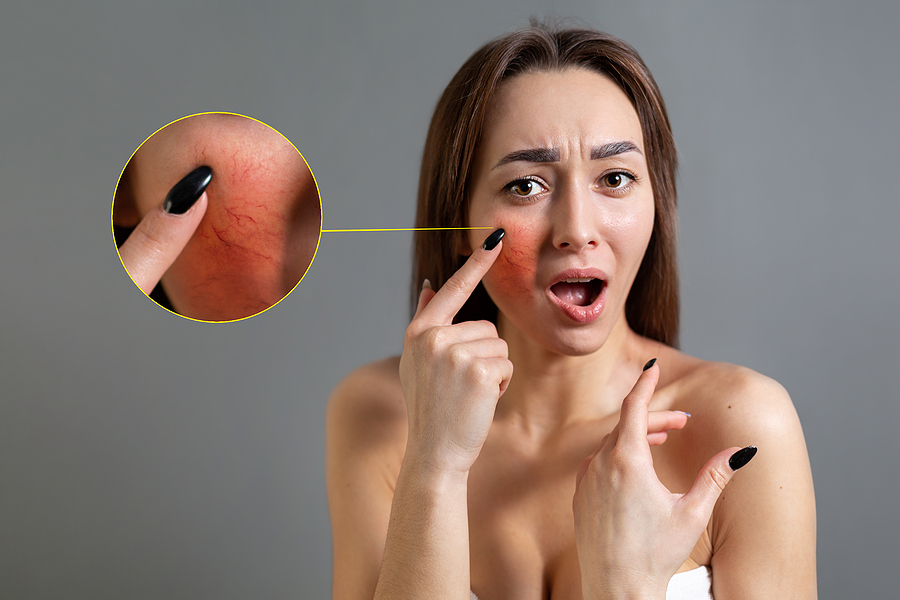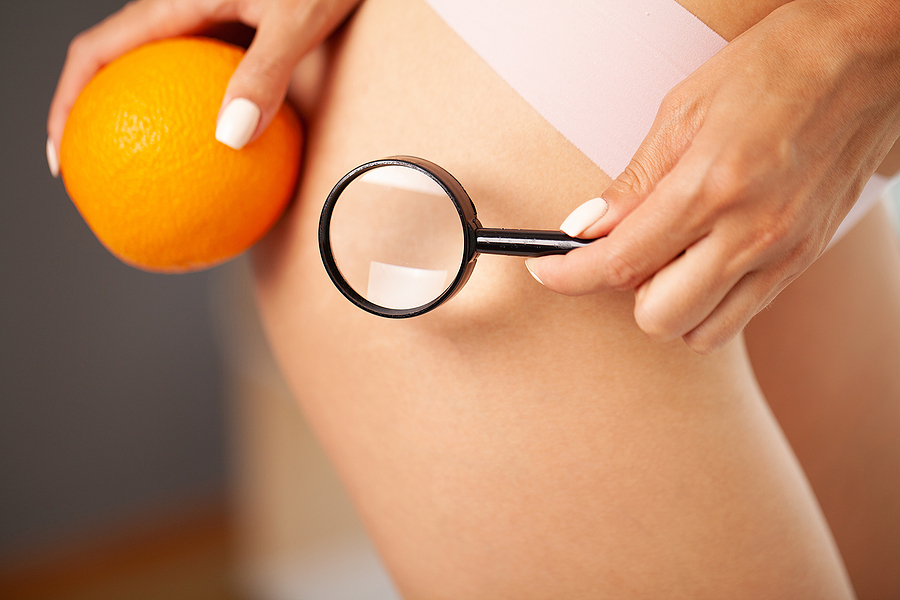The skin is an amazing, versatile organ that is truly holistic. It covers your entire body and stretches from deep within to the outside. Once you understand how comprehensive your skin is, you will see that it only makes sense to start caring for your skin where it starts: deep below the surface.
The skin is both the largest organ in the body and the most visible. It is the body’s primary defense against the elements, its greatest sensory organ, and a unique communicator between the emotions and the body. It regulates temperature and stores water, fat, and vitamin D. Our skin also serves as a gatekeeper, allowing certain molecules to enter our bodies while keeping others at bay — at the same time it allows certain molecules to leave our bodies while keeping the rest inside.
The skin layers
There are many intricacies to both the anatomy and physiology of the skin, but we will discuss only the most fundamental of these here. Basically your skin is comprised of three main strata, though the surface may have anywhere from 50–100 individual cell layers. These are as follows:
The hypodermis is the deepest section of the skin. It is composed of subcutaneous fat tissue that serves two functions: insulation and padding; and the storage of nutrients and energy. The amount of tissue in this layer varies from person to person but tends to thin with age. It is metabolically active, like other fat tissue, and responds to hormonal and metabolic fluctuations.
The dermis is the middle section of skin, and this is where most of the action takes place. A beauty product needs to penetrate through the surface to this layer to do any good — and most don’t. Generally, the molecules in a product must be very small to permeate into the dermis.
The dermis is a dual-layered section comprised of a network of glands, follicles, smooth muscle, corpuscles, and fibers, the latter being principally collagen (fibers that provide structure) and elastin (a flexible protein that encourages elasticity). This network gives shape and structure to the skin, and contains blood and lymph vessels as well as nerves, fibroblasts and mast cells. All of these components are surrounded by a viscous fluid made up of moisture-binding molecules. These molecules allow the mesh-like network of the skin to retain water.
The circulatory vessels bring nourishment to the dermis, while the lymph flushes waste. Blood vessels help regulate temperature by dilating or constricting, which is why the skin reddens when you flush. Fibroblasts produce the protein that becomes elastin and collagen, and mast cells are important to the skin’s immune response. When provoked, mast cells trigger the inflammatory response we discuss in our articles about holistic skin care.
The epidermis is the skin’s outer surface layer. It acts as the shield for the body and completely sheds itself approximately every 28 days. It is comprised of three to five distinct layers, depending on the type of skin. In the thick skin found on the palms of the hand and soles of the feet, for example, the epidermal layers from the inside out are the stratum basale, stratum spinosum, stratum granulosum, stratum lucidum and stratum corneum. In the thinner skin found over most of the body, usually only the strata basale, spinosum, and corneum are present.
Skin cell renewal takes place at the epidermis’ deepest layer: the stratum basale. This layer is closest to the dermis and reaps the most benefit from proper nutrients, oxygenation and debris removal. It is also the layer that that produces melanin, or skin pigment. If the body is functioning well on the inside, the stratum basale is able to get what it needs to renew cells. As we age, our body finds it more difficult to transport nourishment to this layer.
As you move through the layers of the epidermis, the skin’s function focuses less on cell renewal and respiration and more on defense. Cells flatten and thicken and receive little to no systemic nourishment. The fifth layer is the hardest, most protective layer of the skin, comprised of slightly acidic dead skin cells that inhibit growth of bacteria. The cells are glued together with moisturizing fats (ceramides, lipids and essential fatty acids) that help retain water in the skin. The pH balance of this layer is called the acid mantle.
The dermis and the epidermis share sebaceous and sweat glands, hair and pores, areas where the epidermis curves into the dermis. All these layers and their components work together to form the wonderful seamless organ of our skin. So learn to take care of it from the inside out, and from your soft underbelly to your toughest callus it will serve you long and well.






